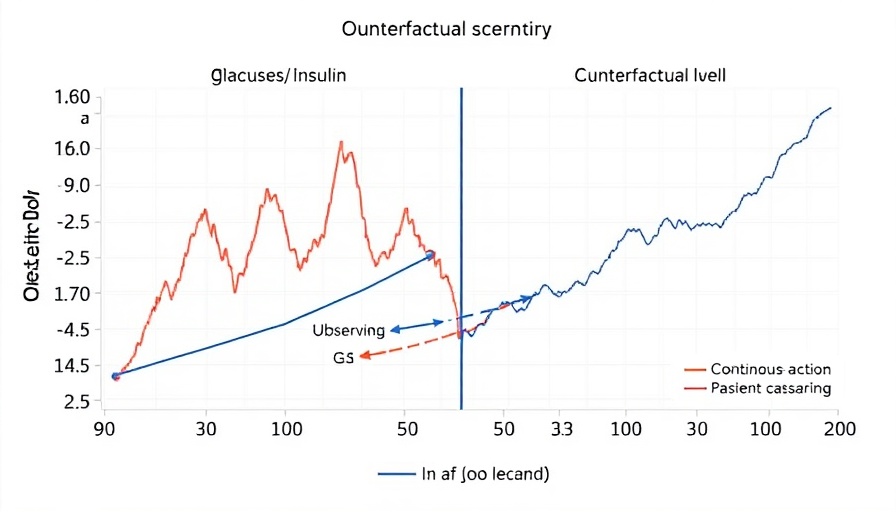
OpenAI's Strategic Shift: Retaining Control Amidst Controversy
In a significant departure from its earlier restructuring plans, OpenAI has decided to abandon its initiative to spin off its for-profit arm. This announcement, made by CEO Sam Altman in a memo to employees, marks a pivotal moment for the organization originally founded as a nonprofit AI research lab in 2015. The planned separation, which aimed to create a public benefit corporation (PBC) independent of its nonprofit parent, has been recalibrated to ensure that the nonprofit retains control over the new structure.
Why the Change? Responding to Stakeholder Concerns
The decision to maintain nonprofit oversight was influenced by extensive dialogue with civic leaders and interactions with state attorneys general. Altman indicated that feedback from these discussions played a crucial role in shaping the current plan, emphasizing a commitment to social responsibility in AI development. Indeed, the original proposal faced stiff opposition from various stakeholders, including a group of former employees and Elon Musk, who sought to halt the restructuring efforts purportedly to protect public interests and challenge OpenAI's competitive positioning.
The Financial Implications of OpenAI's Revised Path
As OpenAI navigates this complex restructuring process, significant financial stakes are at play, especially after raising $6.6 billion last year. Investors, including giants such as Microsoft and SoftBank, laid out terms allowing for recovery of funds if the spin-off is unsuccessful within the designated two-year window. The implications of this revised plan for their investments, particularly as SoftBank contemplates adjustments to its previously pledged $40 billion investment, could resonate throughout the tech industry, signaling a newfound caution among backers of AI initiatives.
Ensuring Public Good Through Corporate Structure
The revised organizational design aims to balance commercial interests with the original nonprofit mission. The nonprofit’s stake in the new PBC model is expected to provide resources that will allow for expanded research and development in AI, reinforcing OpenAI's commitment to tackling broader societal challenges. This hybrid structure is particularly noteworthy as it reflects a growing trend in the tech industry where businesses are increasingly held accountable for their societal impacts.
Looking Ahead: What This Means for AI Development
With the upcoming launch of GPT-5—a major step forward in AI technology—OpenAI's dual-structure model could become a benchmark for other AI firms contemplating their own organizational frameworks. The integration of advanced technologies like o3, known for its remarkable performance in benchmarks, signifies not only an advancement in AI capabilities but also a pressing need to ensure ethical guidelines govern such technologies. As OpenAI prepares to unveil its latest innovations, the implications of its structural changes will be closely monitored both within the industry and by policymakers.
Engaging in AI's Future Ethically
This shift in strategy brings forth critical conversations about the intersections of technology and ethics. As AI continues to reshape various sectors, maintaining a robust dialogue about how these systems are structured and governed ensures that they serve public interests alongside commercial objectives. Engaging in these discussions will be essential as executives and decision-makers consider pathways for successfully integrating AI into their organizations.
 Add Row
Add Row  Add
Add 




Write A Comment